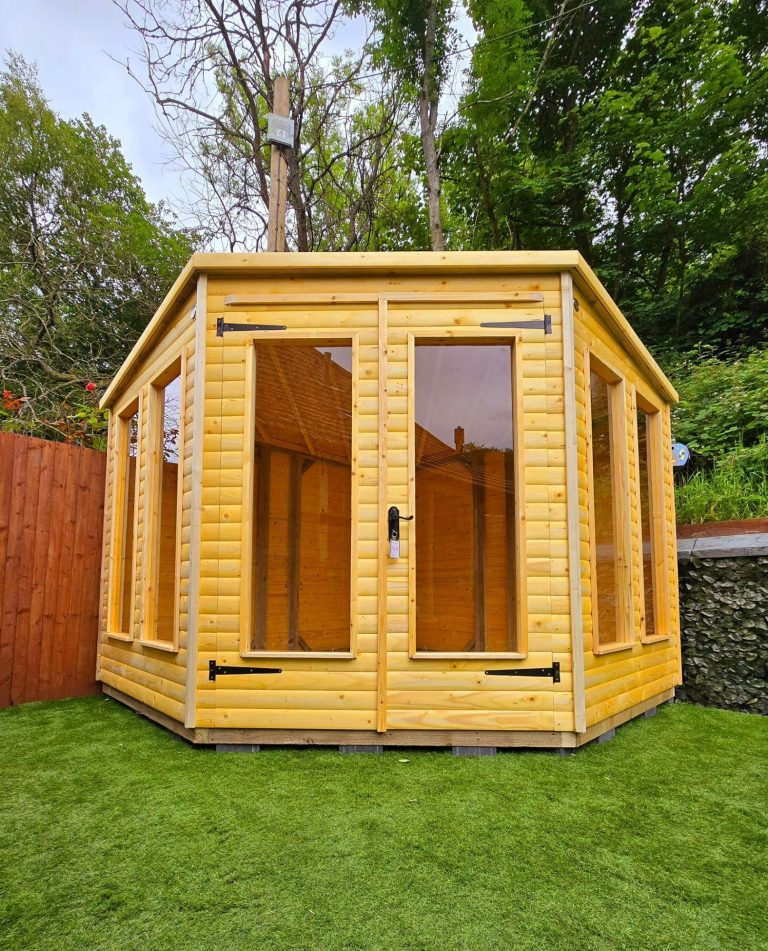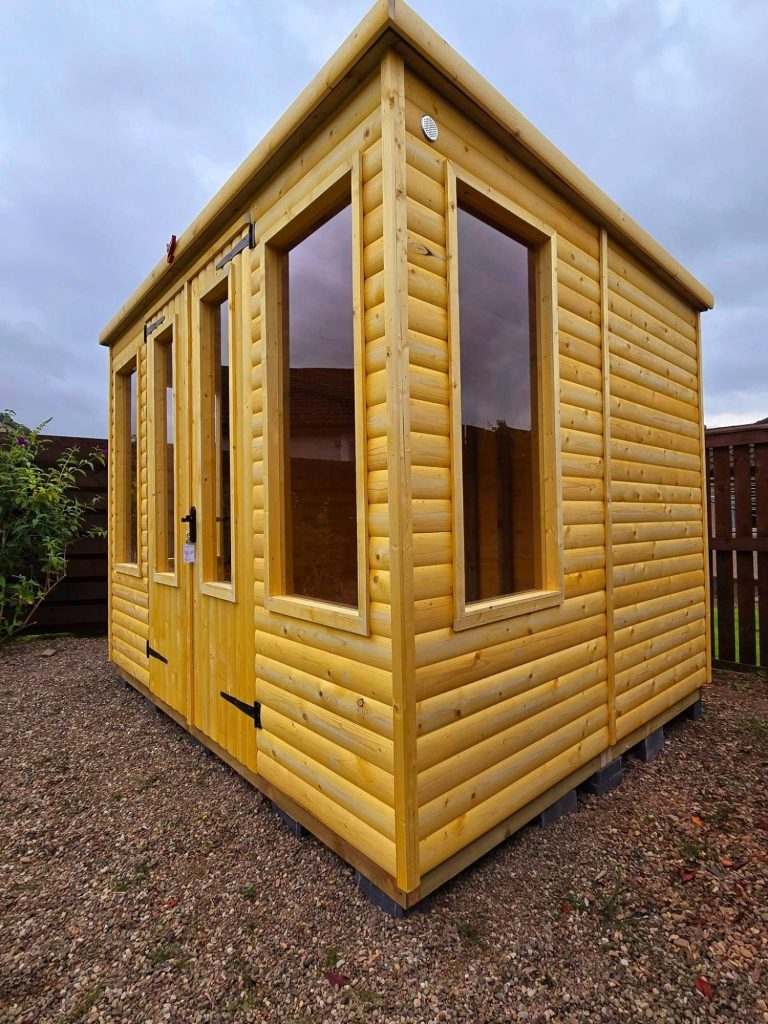Before your new garden structure arrives here are some things to consider.
Do you need planning permission for your new shed/Summerhouse?
The answer is most likely.. NO
Most sheds, garages, greenhouses or other similar buildings do not need a planning permission application, because most meet a set of rules called 'permitted development'.
The permitted development rules for sheds, garages, greenhouses or other similar buildings are:
- it's located at the back of the house
- it's not used as a separate home to live in
- it, and any other development, does not take up half or more of the ' rear curtilage' – this means half or more of the grounds behind your home
- it's not higher than 4 metres at the highest point
- any part that's a metre or less from the boundary is no higher than 2.5 metres
- the eaves (the part where the wall meets the roof) is no higher than 3 metres
- if the land is in a conservation area or in the grounds of a listed building, the building has a footprint of less than 4 square metres
Smaller buildings such as bike storage units have different permitted development rules:
- it's located at the front or the back of the house
- it's not higher than 1.5 metres
- it's not wider than 2.5 metres
- it's not deeper than 1.2 metres
- it's the only building on the grounds of your home that these permitted development rules apply to
- it does not block sight of a road or footpath for drivers
- it's not on the grounds of a World Heritage site
- it does not block light to another building

2024
Preparing the Ground
Once you have satisfied yourself that you have complied with the rules set out under 'Permitted Development' you will want to consider where you plan on placing your new Structure. You will need to prepare the ground before we arrive to install your new structure, be it a small shed or a large summerhouse.
The ground should be levelled and a hard base laid to suit, This is not something included in our pricing and we would recommend getting the advice of a local landscape gardener or groundwork company to carry out this work for you.
A solid level structure needs a solid level base!

2024
Aftercare for your new structure.
As our structures are delivered single skinned here are some things to you should be aware of to keep your new garden shed/summerhouse in great condition for years to come
What is Single skinned?
Single skinned merely refers to the fact your structure has 1 wall, It is constructed using a 19mm thick tongue and groove timber attached to a frame with no other inner walls
Applying additional protection to your structure
Despite the fact your structure is made from pressure treated timber we would always recommend you apply some form of stain to your structure.
Timber and its movement
As a natural product, timber reacts to the elements and will expand and contract throu out the year with the seasons. During periods of warm dry weather the timber will contract, Small gaps and cracks may appear along the tongue and groove boards. you shouldn't be too concerned with this as its a natural process for the timber.
And of course during periods of wetter and windier spells the timber will experience the exact opposite and will expand with the moisture in the air. During these times doorways may become a bit stiffer as the timbers expand. This is to be expected and unless it becomes almost impossible to open or close the doors, it should even out again with the weather.
It is always a good idea to keep one or two moisture traps in any single skinned structure(just be sure to change or empty them regularly)
Moisture in your shed/Summerhouse
Please keep in mind that timber is pourous and will absorb moisture. This is why coating it with a good quality shed/summerhouse specific stain or paint is important.
Living in Scotland we are no strangers to good downpours of rain. The timber may absorb more moisture than usual during these times and this may appear on the inside giving a stained wet appearance. In our climate this is somewhat unavoidable in a single skin wooden structure.
If you see any signs of moisture on the inside of your structure the best thing to do is get the doors open when its dry and give the structure a good airing. You should also consider doing this as matter of course during the winter months when you may use your summerhouse less but their is more moisture in the air.
If you want to reduce the risk as much as possible then it really is down to getting it painted as soon as you can. The more coats of shed specific paint/stain, the more protection you may have
Our Commitment to you
Despite everything we have covered above, We at Phoenix Home are aware that there may be snagging issues several weeks after installation due to settlement of your new structure. On the rare occasion this happens it usually centres around the door, with it becoming stiff to open or close or difficult to lock.
If this happens just get in touch and we will get to you at our earliest convenience to make any necessary adjustments, we eill take care of any snagging for 1 year from the date of installation. After this time, it becomes part of the on going care and maintenance responsibilties of the owner.
Repairs and 3rd party involvement
Please be aware, Any repairs to new structures must be carried out by a Phoenix Home employee or representative for the first 12 months. After this period any work required becomes part of the on going maintenance required to be carried out by the owner.
Any attempted repairs or alterations to the structure carried out by 3rd partys will absolve Phoenix Home of any liability of fault or blame and we will no longer be able to carry out rectification work on the structure.